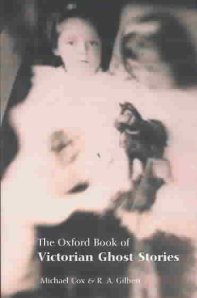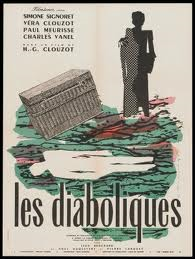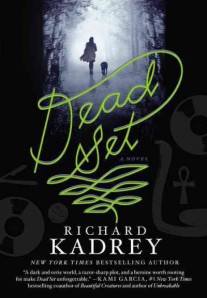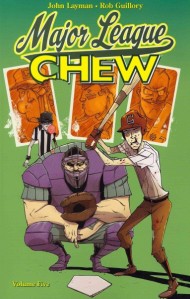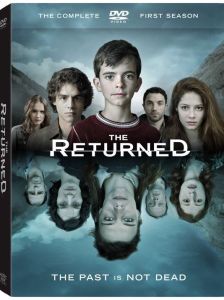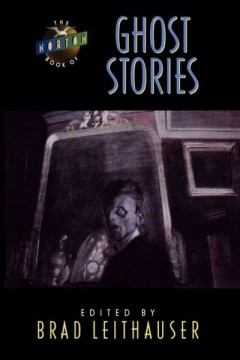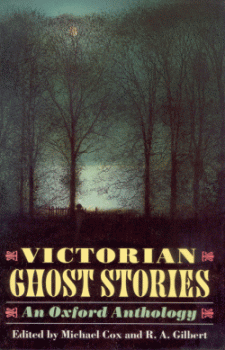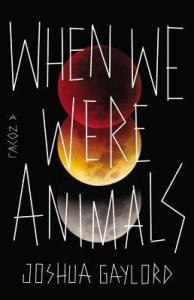 Most of us run a little wild at times as teenagers, but Joshua Gaylord’s When We Were Animals takes us to a town where this idea is not just a figure of speech but a literal truth: the teenagers, for a time that varies for each, but usually just a year or so, spend a few nights each month running naked and wild through the streets of their small town and surrounding countryside. They commit acts of sex and violence, following primal urges while adults and young children stay inside and keep the secret from the outside world.
Most of us run a little wild at times as teenagers, but Joshua Gaylord’s When We Were Animals takes us to a town where this idea is not just a figure of speech but a literal truth: the teenagers, for a time that varies for each, but usually just a year or so, spend a few nights each month running naked and wild through the streets of their small town and surrounding countryside. They commit acts of sex and violence, following primal urges while adults and young children stay inside and keep the secret from the outside world.
Our heroine is Lumen Fowler, who recalls her youth from the vantage of middle age. As a girl, Lumen was a devoted daddy’s girl and late bloomer, well-behaved, fiercely intelligent, and overachieving, she was determined not to “breach” as other teens in her town did. She’s surrounded by a believable cast of other teens who one-by-one give into the strange call–a best friend who turns into a rival, a “mean girl” type who tries to dominate the other, a charmer of a boy who all the girls have crushes on, and a rough poor kid whose raw behavior frightens them all. Through it all, Lumen stays determined to follow in the footsteps of her deceased mother, who Lumen has been told never succumbed to the wild behavior.
This blend of Gothic horror and coming-of-age story can be enjoyed on the literal level of its exciting story or as an extended metaphor about the teenage years and the pull of darker instincts. The tone is haunting, but beautiful, and the sympathetic heroine as luminous as her name suggests. One can see the direction where the story is going, but it doesn’t make the conclusion any less powerful.
If you enjoy this as much as I did, Gaylord has written other books under the pseudonym Alden Bell, most notably The Reapers Are the Angels.
Check the WRL catalog for When We Were Animals.
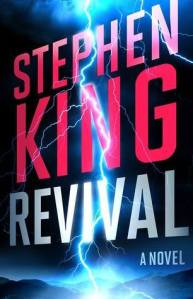
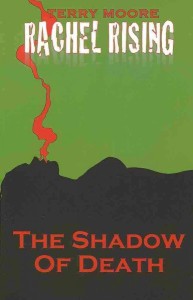
 Mice live in the shadows, overseen by the moon, which they believe is the eye of their god, Wotan. As their legends go, in years past they were protected by a band of fierce warriors, guardians of the night: the Templars. After years of defending as a unified brotherhood, one year, for a reason yet unknown, the Templars were divided and began warring against each other. After the epic battle, no Templars were allegedly ever seen again. Now the mice have mere watchmen guarding them against all the creatures, large and small, who threaten their existence.
Mice live in the shadows, overseen by the moon, which they believe is the eye of their god, Wotan. As their legends go, in years past they were protected by a band of fierce warriors, guardians of the night: the Templars. After years of defending as a unified brotherhood, one year, for a reason yet unknown, the Templars were divided and began warring against each other. After the epic battle, no Templars were allegedly ever seen again. Now the mice have mere watchmen guarding them against all the creatures, large and small, who threaten their existence.